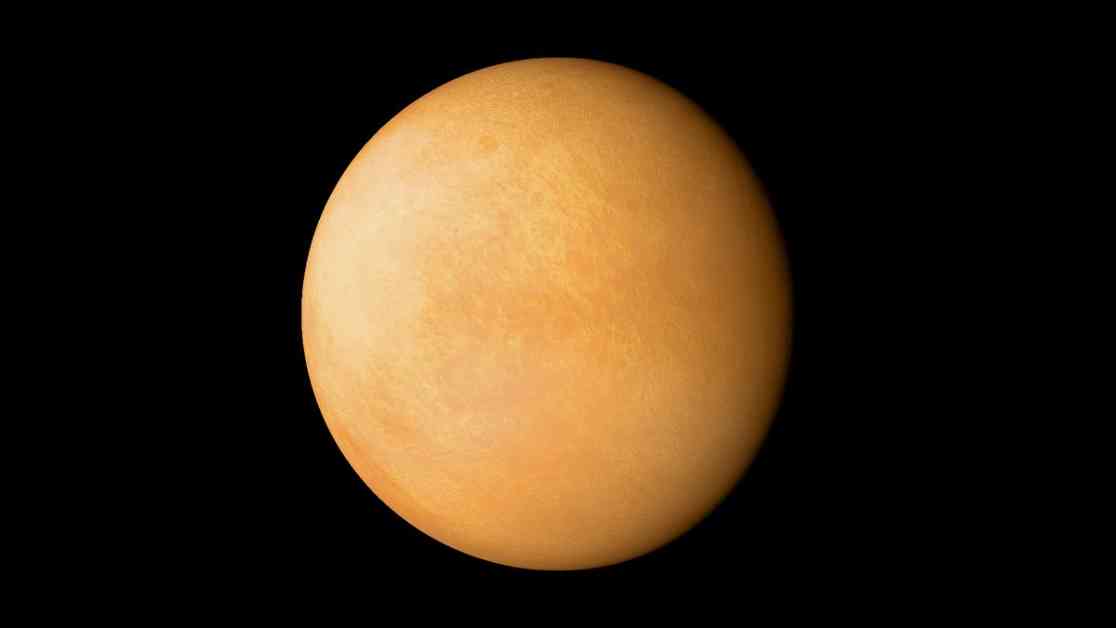The discovery of exoplanets, or planets outside our solar system, has been an ongoing effort that has led to the identification of over 5,000 such worlds. These exoplanets vary in size, composition, and atmospheric characteristics, providing valuable insights into the diversity of planetary systems in our galaxy.
One recent discovery involves L 98-59 d, a super-Earth located 35 light years away from Earth. This planet, slightly larger and heavier than Earth, has shown tentative evidence of a sulfur-rich atmosphere, making it a potential candidate for being the smallest known exoplanet with an atmosphere. The presence of gases like sulfur dioxide (SO?) and hydrogen sulphide (H?S) in its atmosphere hints at a molten or volcanic surface, setting it apart from the rocky planets in our solar system.
The discovery of L 98-59 d was made possible through observations using the James Webb Space Telescope (JWST), which was launched in 2021. By studying the transmission spectrum of the planet’s atmosphere during a transit across its host star, scientists were able to infer the presence of sulfur-based gases, indicating unique atmospheric conditions on this distant world.
The potential existence of volcanism on L 98-59 d raises intriguing questions about the planet’s geological processes. Tidal heating, caused by the gravitational interactions with its host star, could lead to extreme volcanic activity similar to that seen on Jupiter’s moon, Io. The combination of tidal forces and proximity to the star results in intense heating, potentially creating oceans of magma on the planet’s surface.
While L 98-59 d may not be habitable for life as we know it, studying its sulfurous atmosphere and potential volcanism provides valuable insights into the diversity of exoplanets. These extreme worlds help scientists better understand the range of planetary evolution across different star systems in the galaxy.
The detection of atmospheres on small, rocky planets like L 98-59 d is challenging due to their size and the intense radiation from their host stars. Further observations with the JWST will be crucial in confirming the initial findings and gaining a deeper understanding of this intriguing exoplanet.
Overall, the discovery of L 98-59 d highlights the ongoing exploration of exoplanets and the importance of studying these alien worlds to broaden our understanding of planetary systems beyond our own. As technology advances and new discoveries are made, the mysteries of the universe continue to unfold, offering new insights into the diversity of worlds that exist in the cosmos.










